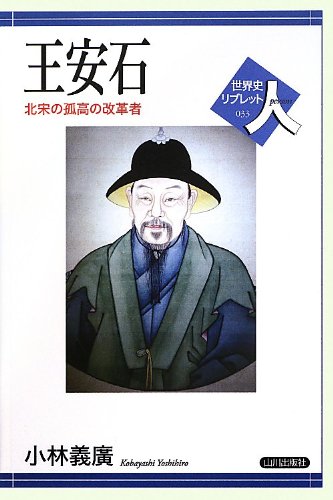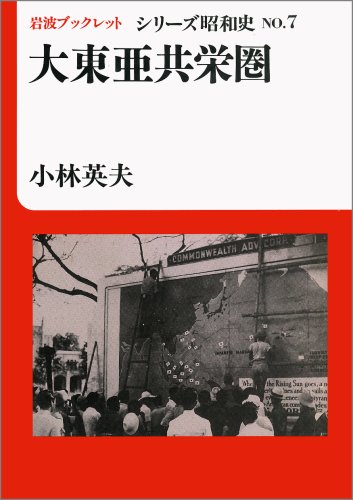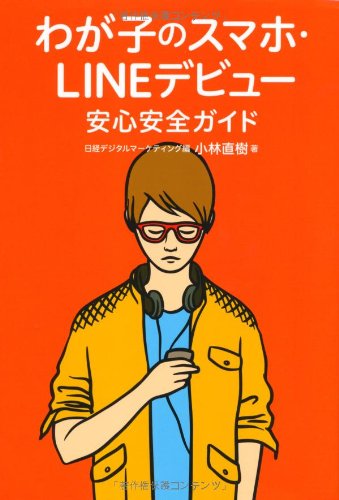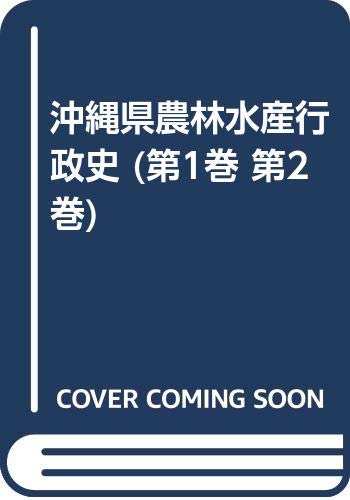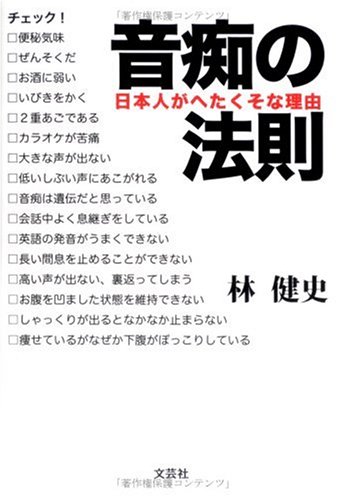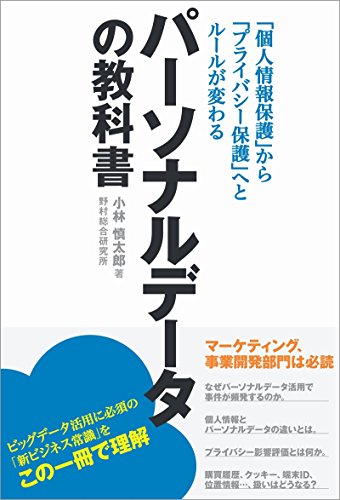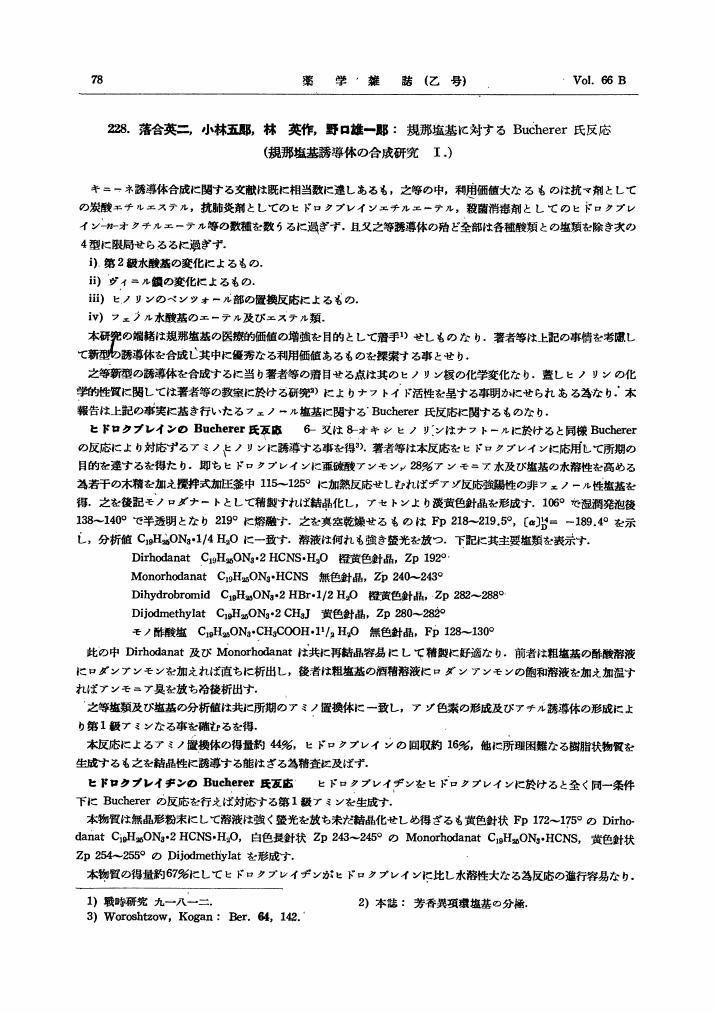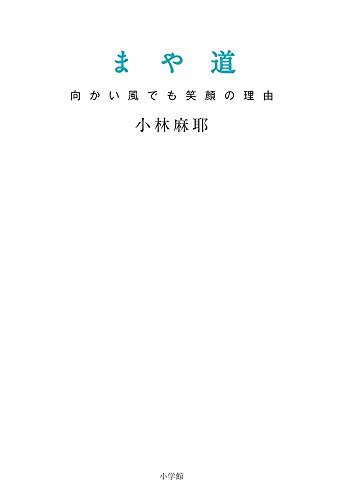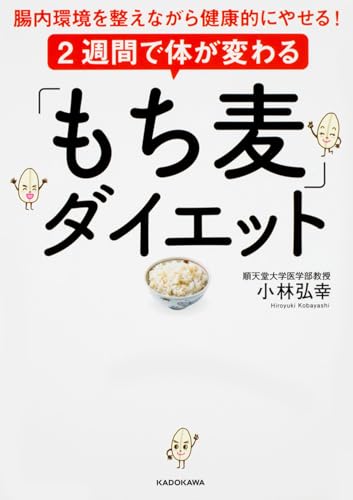1 0 0 0 王安石 : 北宋の孤高の改革者
1 0 0 0 表着の柄に描かれた植物の種数が増えた時代と種の特徴
- 著者
- 竹林 枝美 鈴木 貢次郎 濱野 周泰
- 出版者
- 公益社団法人 日本造園学会
- 雑誌
- ランドスケープ研究 (ISSN:13408984)
- 巻号頁・発行日
- vol.79, no.5, pp.403-408, 2016
<p>The species of plants painted on the outer garment as designs have been reflected the backgrounds such as the society, culture, or people's interest. We studied species of plant pictures on the outer garments in different periods. At first they were found from Heian period. The total number of plants increased from Azuchi-momoyama period, especially in late Edo period. The plants with the largest number were <i>Chrysanthemum</i>, following <i>Pinus, Prunus mume, Prunus sp.</i> (Cherry blossoms), <i>Phyllostachys sp., Acer,</i> and <i>Paeonia suffruticosa.</i> The number of plants were little in Heian period, as <i>Phyllostachys sp.</i> and <i>Paulownia tomentosa.</i> In Kamakura period, the <i>Chrysanthemum, Prunus sp., Salix babylonica, Dianthus superbus</i> var. <i>longicalycinus</i> and <i>Patrinia scabiosaefolia</i> appeared for first time. In Muromachi periods, <i>Acer, Paeonia suffruticosa, Lespedeza sp., Camellia japonica, Taraxacum platycarcum, Viola mandshurica, Equisetum arvense</i> var. <i>arvense, Eupatorium fortunei,</i> and <i>Gentiana scabra</i> var. <i>buergeri</i> were begun to use. In general the species of plants used as designs tended to change at each periods. Especially, <i>Camellia japonica</i> much increased number of species in Azuchimomoyama period, but decreased the number from Edo period. We discussed the reason of the fact from the viewpoint of social background or other's reasons.</p>
1 0 0 0 OA 港湾整備における行政の多元化とジレンマ
- 著者
- 林 昌宏
- 出版者
- 日本行政学会
- 雑誌
- 年報行政研究 (ISSN:05481570)
- 巻号頁・発行日
- vol.2010, no.45, pp.139-158, 2010 (Released:2015-12-09)
1 0 0 0 わが子のスマホ・LINEデビュー安心安全ガイド
- 著者
- 小林直樹著 日経デジタルマーケティング編
- 出版者
- 日経BPマーケティング (発売)
- 巻号頁・発行日
- 2014
1 0 0 0 沖縄県農林水産行政史
- 著者
- 沖縄県農林水産行政史編集委員会編
- 出版者
- 農林統計協会
- 巻号頁・発行日
- 1981
1 0 0 0 血液透析施設における超多剤耐性結核の集団感染
1 0 0 0 音痴の法則 : 日本人がへたくそな理由
- 著者
- 小林慎太郎著 日経デジタルマーケティング編集
- 出版者
- 日経BPマーケティング (発売)
- 巻号頁・発行日
- 2014
- 著者
- 小林則子 Nova著
- 出版者
- ノヴァ・エンタープライズ (発売)
- 巻号頁・発行日
- 1999
1 0 0 0 OA 規那塩基に対するBucherer氏反応
- 著者
- 落合 英二 小林 五郎 林 英作 野口 雄一郎
- 出版者
- 公益社団法人 日本薬学会
- 雑誌
- 薬学雑誌. 乙号 (ISSN:00316903)
- 巻号頁・発行日
- vol.66, no.7-12, pp.78-81, 1953-10-25 (Released:2009-10-22)
- 参考文献数
- 5
1 0 0 0 OA いわゆる有機半導体について
- 著者
- 小林 秋男
- 出版者
- 公益社団法人 高分子学会
- 雑誌
- 高分子 (ISSN:04541138)
- 巻号頁・発行日
- vol.9, no.11, pp.981-982, 1960-10-20 (Released:2011-09-21)
- 参考文献数
- 5
1 0 0 0 はじめての花作り : かんたんガーデニング
1 0 0 0 まや道 : 向かい風でも笑顔の理由
1 0 0 0 航空安全とパイロットの危機管理
- 著者
- 小林宏之著
- 出版者
- 成山堂書店 (発売)
- 巻号頁・発行日
- 2016
1 0 0 0 帰宅して10分で作れる糖質制限やせる夜ごはん
- 著者
- 川上晶也レシピ・執筆 : 小林利和栄養監修
- 出版者
- 芸文社
- 巻号頁・発行日
- 2017
1 0 0 0 自由と平等を
- 著者
- 浜林正夫 長沼宗昭著
- 出版者
- 大月書店
- 巻号頁・発行日
- 1988
- 著者
- 法林岳之 白根雅彦 できるシリーズ編集部著
- 出版者
- インプレス
- 巻号頁・発行日
- 2017
